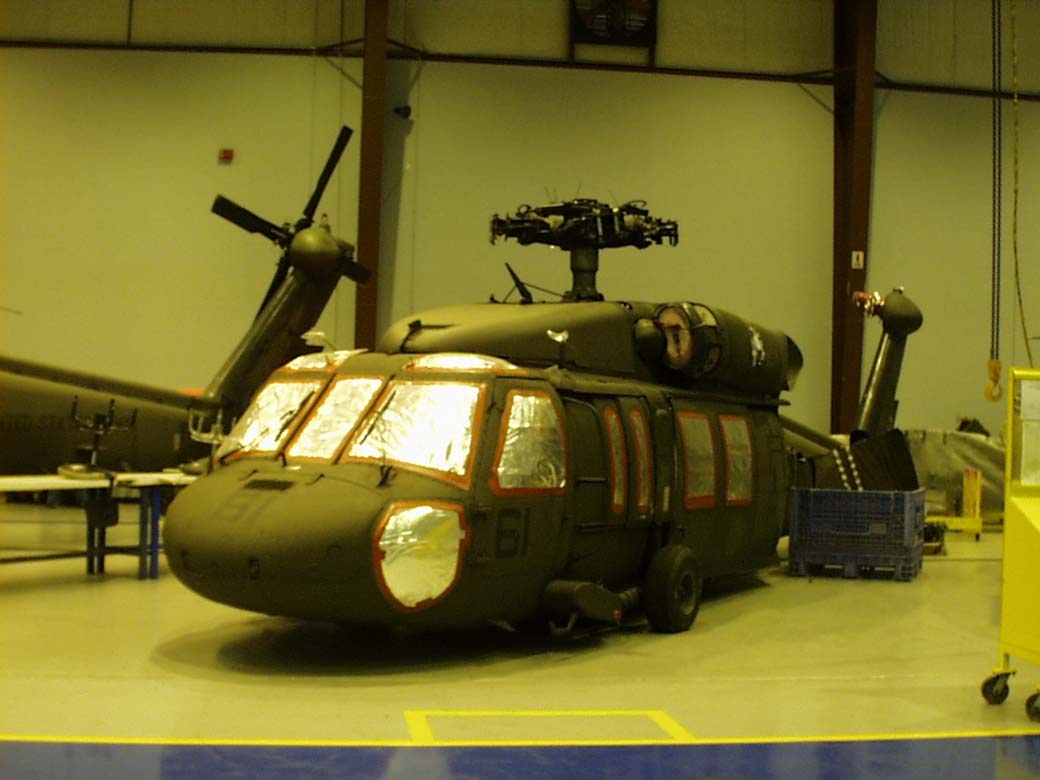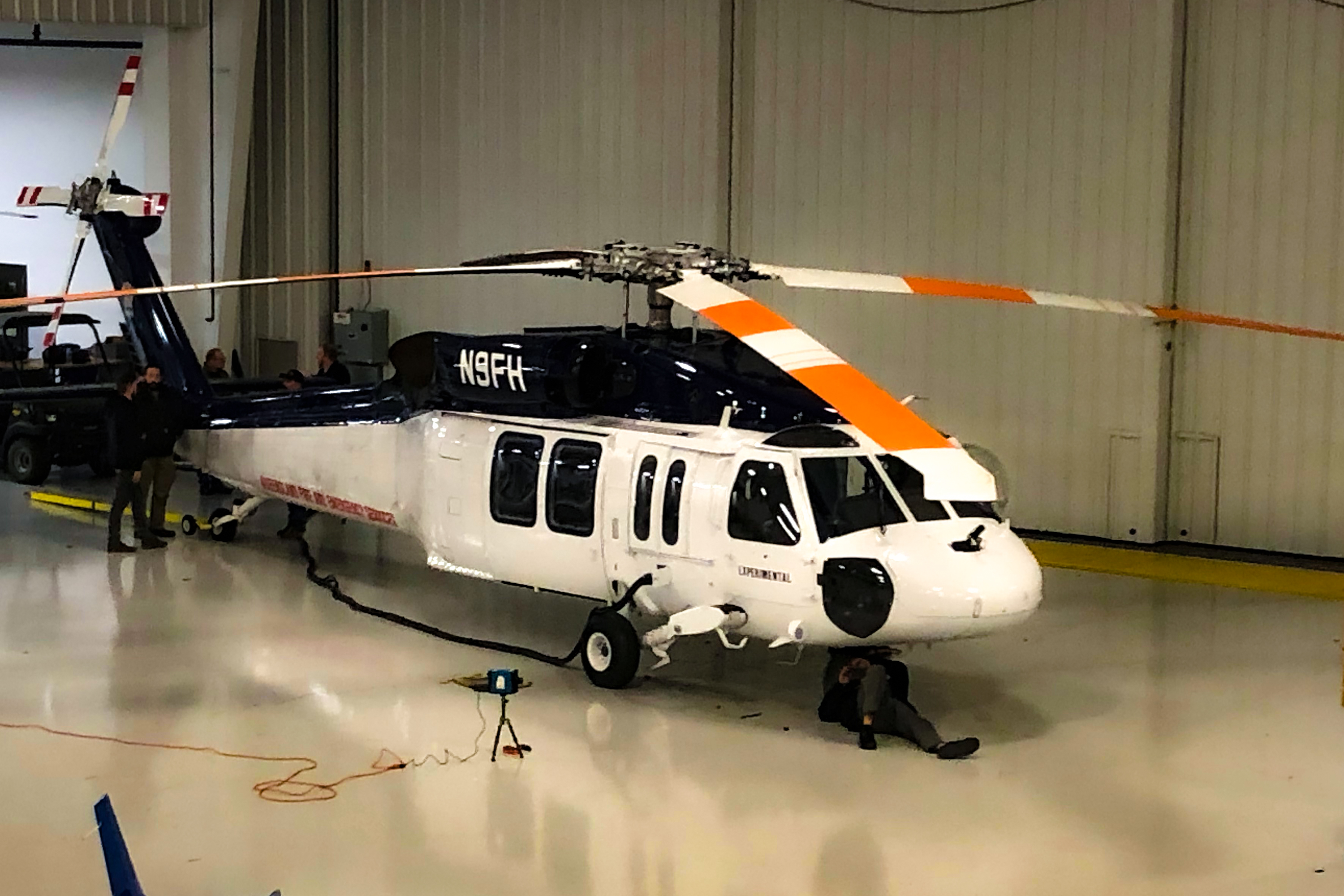The UH 60’s Enduring Legacy in Military Aviation and Its Global Impact
The UH 60’s Enduring Legacy in Military Aviation and Its Global Impact
Blog Article
Checking Out the Background and Advancement of the UH 60 Helicopter

Origins of the UH-60
The beginnings of the UH-60 helicopter can be mapped back to the late 1960s, a period marked by the requirement for a flexible energy airplane that could adapt to the progressing demands of modern-day warfare. The united state Military acknowledged the requirement for a replacement for the older UH-1 Iroquois, which was ending up being significantly inadequate for the complexities of contemporary battle scenarios. In 1967, the Military launched the Energy Tactical Transport Aircraft System (UTTAS) program, which sought to establish a multi-role helicopter with the ability of various objectives, consisting of army transportation, clinical discharge, and logistical assistance.
The UH-60 Black Hawk was introduced, showcasing ingenious layout elements and progressed technology that set it apart from its predecessors. The UH-60 rapidly acquired recognition for its robust efficiency, reliability, and versatility, leading the method for its considerable use in army procedures and solidifying its status as a cornerstone of U.S. Army aeronautics.
Trick Layout Features
Cutting-edge style attributes of the UH-60 Black Hawk significantly contribute to its functional effectiveness. One of the most remarkable aspects is its twin-engine arrangement, which boosts reliability and provides a higher power-to-weight ratio, enabling the helicopter to do under different problems. The aircraft's four-blade main blades system offers boosted lift and maneuverability, important for tactical objectives.

In addition, the cabin is created for ideal visibility and ergonomics, including innovative avionics that streamline pilot operations. The modular layout of the UH-60 allows for very easy upkeep and flexibility, making it ideal for different objective profiles, from troop transport to medevac operations. These essential style attributes ensure that the UH-60 Black Hawk remains a flexible and trustworthy asset in armed forces aviation, with the ability of meeting the needs of contemporary warfare.
Technical Innovations
Current technological advancements in the UH-60 Black Hawk have significantly boosted its functional abilities and convenience. The integration of innovative avionics, such as digital trip control systems and boosted situational recognition display screens, enables pilots to operate with increased precision and efficiency. These systems promote enhanced navigating, communication, and data sharing, making it possible for the helicopter to work efficiently in varied environments.
Additionally, the introduction of composite materials has decreased the total weight of the aircraft while preserving architectural stability. This decrease improves gas efficiency and prolongs operational array. The consolidation of innovative rotor modern technology, consisting of making use of four-blade, completely expressed rotor systems, has enhanced lift efficiency and ability to move, enabling for better handling in different trip conditions.

Furthermore, developments in propulsion systems, such as the T700-GE-701D engines, have boosted power outcome and integrity - uh 60. These engines add to exceptional efficiency in hot-weather and high-altitude problems
Last but not least, the combination of self-defense systems and improved sensor packages improves the Black Hawk's survivability and objective performance. Jointly, these technical improvements make sure that the UH-60 Black Hawk remains an essential property in modern air travel, efficient in adapting to the advancing needs of armed forces and humanitarian goals.
Function in Military Procedures
As the foundation of united state Army aeronautics, the UH-60 helicopter plays a critical role in numerous military operations, working as a functional system for fight support, transport, and medevac goals - uh 60. Its style incorporates the ability to operate in varied environments, making it necessary for troop movement and logistical assistance in both conventional and unusual warfare

In medical discharge circumstances, the UH-60 has actually proven indispensable, substantially decreasing the time to transport wounded soldiers from the field of battle to clinical facilities. Its sophisticated avionics and evening vision abilities even more ensure objective success under difficult problems. On the whole, the UH-60 helicopter remains a crucial possession, continually adapting to satisfy the advancing needs of military procedures and boosting the performance of U.S. pressures worldwide.
Future of the UH-60
Looking ahead, the future of the UH-60 helicopter involves substantial developments in innovation and abilities made to boost its operational efficiency. As armed forces operations advance, the UH-60 is expected to include cutting-edge modern technologies, consisting of enhanced avionics, boosted weapons systems, and progressed communication devices. These enhancements will enable better situational understanding and mission versatility, making certain that the UH-60 remains an important property on the field of battle.
One notable advancement is the assimilation of fly-by-wire systems, which will certainly improve flight control accuracy and lower pilot workload. Efforts to update the airframe and engines intend to boost rate, haul, and array ability, thus broadening the helicopter's operational range.
The Continued future also holds pledge for raised interoperability with unmanned aerial systems (UAS), allowing collaborated objectives that take advantage of both manned and unmanned abilities. Furthermore, the unification of expert system and artificial intelligence could maximize flight dynamics and maintenance procedures, causing decreased functional expenses.
Verdict
The UH-60 Black Hawk helicopter imp source represents a significant accomplishment in armed forces aeronautics, advancing from the united state Military's first requirements for a versatile energy airplane. Its ingenious design attributes and continual technological improvements have ensured its importance in different armed forces operations over the decades. As the needs of contemporary war modification, the future of the UH-60 will likely involve further improvements and adaptations, reinforcing its standing as an essential property for militaries worldwide.
The UH-60 Black Hawk helicopter stands for a considerable milestone in army aeronautics, emerging from the United state Army's pursuit for a much more flexible and reputable utility airplane in the late 20th century.The origins of the UH-60 helicopter can be traced back to the late 1960s, a duration marked by the requirement for a versatile utility airplane that can adapt to the progressing demands of modern warfare. In general, the UH-60 helicopter remains a vital possession, constantly adjusting to satisfy the developing needs of armed forces procedures and improving the effectiveness of United state forces worldwide.
Looking ahead, the future of the UH-60 helicopter includes significant innovations in technology and abilities designed to improve its operational efficiency.The UH-60 Black Hawk helicopter represents a significant achievement in armed forces aviation, advancing from the U.S. Discover More Here Army's first demands for a flexible utility aircraft.
Report this page